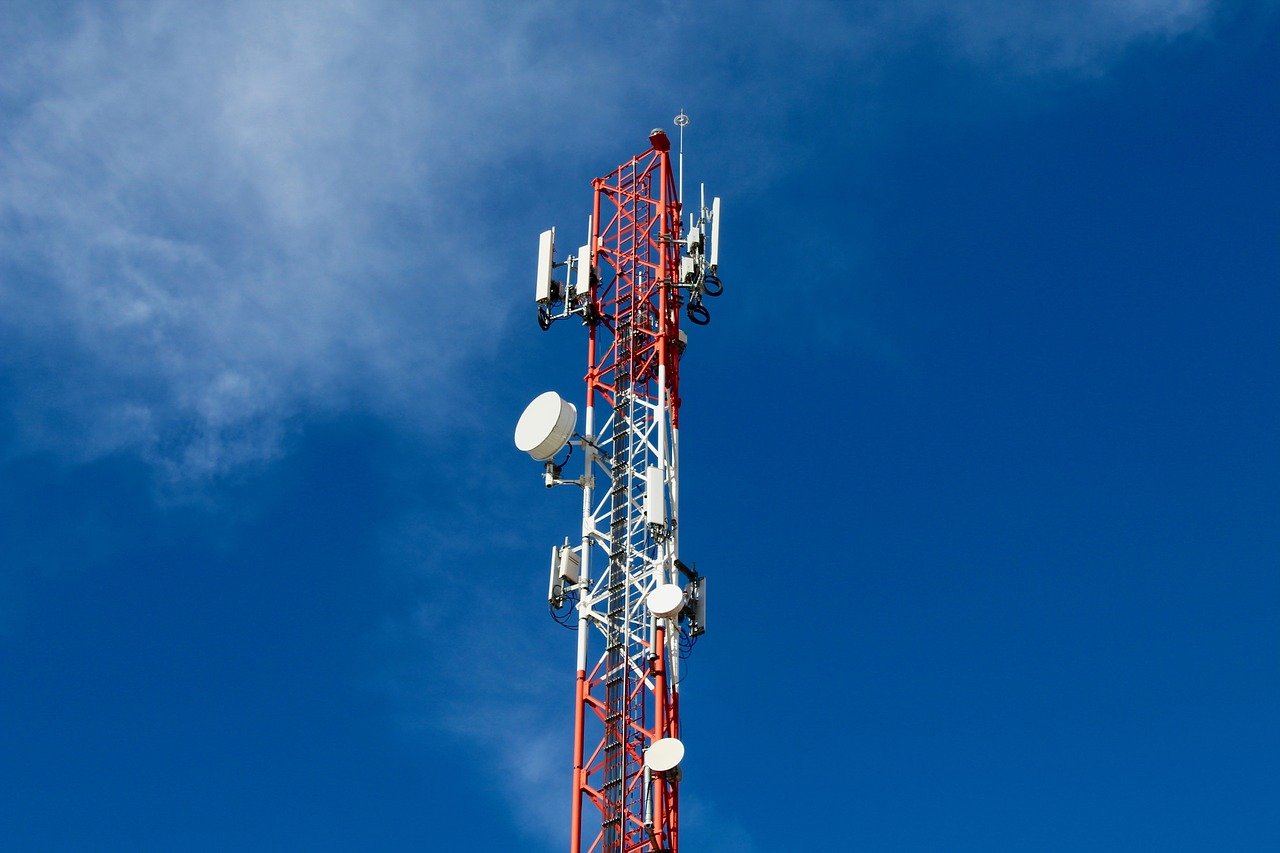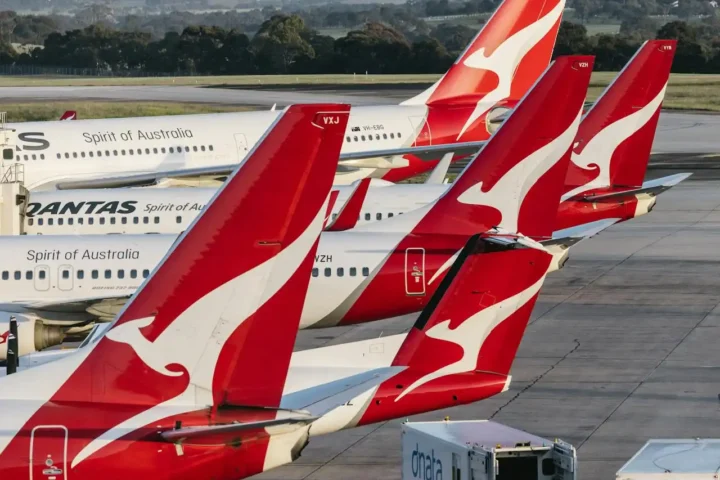Cellcom customers across northeast Wisconsin experienced a widespread voice and SMS messaging outage that began Wednesday night, May 14, 2025, around 11 p.m., leaving approximately 300,000 subscribers unable to make calls or send text messages. The regional telecommunications company confirmed the outage continues with no firm timeline for restoration, though teams report making “steady progress” toward resolution.
Service Status and Customer Impact
While voice services and SMS messaging remain unavailable, data services, iMessage, and RCS messaging continue operating normally. Most critically, 911 emergency services remain fully operational throughout the outage period. The outage affects Cellcom’s coverage area spanning Brown, Oconto, Marinette, Shawano, Menominee, and Door counties in northeast Wisconsin.
Cellcom ranks as the sixth-largest regional wireless operator in the United States, serving approximately 300,000 subscribers across northeast Wisconsin and Michigan’s Upper Peninsula. The company holds a significant market share in rural areas where network redundancy can be limited due to infrastructure constraints.
Network Infrastructure and Third-Party Dependencies
The timing of this outage coincides with planned maintenance by Twilio, a major SMS aggregation provider. Twilio’s status page shows their U.S. SMS carrier partner conducted scheduled maintenance from May 13 at 23:00 PDT until May 14 at 03:00 PDT, which could cause “intermittent delays delivering SMS to United States handsets via United States short codes.”
Regional mobile network operators like Cellcom often rely on third-party SMS aggregators for message termination and routing. When these upstream providers experience maintenance windows or technical issues, downstream carriers can face service disruptions. This architectural dependency represents a critical vulnerability in telecommunications infrastructure, particularly for smaller regional operators with limited redundancy options.
Twilio also reported separate SMS delivery failures to Israeli carriers Cellcom and Pelephone on May 11, 2025, indicating a pattern of recurring third-party SMS routing issues.
FCC Outage Reporting Requirements
Under federal regulations, wireless carriers must report outages to the FCC’s Network Outage Reporting System (NORS) when they meet specific thresholds, including outages potentially affecting 900,000 user-minutes and lasting at least 30 minutes. With approximately 300,000 affected subscribers and an outage duration exceeding 12 hours at the time of publication, this incident likely meets FCC reporting thresholds.
After determining an outage is reportable, wireless providers must submit a NORS notification within 120 minutes with preliminary information, followed by an initial report within three calendar days and a final report within 30 days of discovering the outage. The Commission provides direct access to NORS filings for state agencies, tribal nations, and federal entities with emergency management responsibilities to improve situational awareness during outages.
Similar Posts
Alternative Communication Methods
Cellcom recommends that customers leverage their unaffected data network by using iMessage, RCS messaging, or third-party applications such as WhatsApp. For voice communications, customers can enable Wi-Fi calling on their devices:
- iPhone users: Navigate to Settings > Phone > Wi-Fi Calling and toggle the feature on
- Android users: Access Settings > Connections > Wi-Fi Calling (menu locations may vary by manufacturer)
These data-based communication methods route through internet protocols rather than traditional circuit-switched voice networks, providing redundancy during voice service outages.
Business Continuity and Customer Response
The outage demonstrates how dependent businesses and consumers have become on cellular voice services, even as data usage continues to dominate network traffic. Emergency services personnel emphasize the importance of maintaining multiple communication channels during network disruptions.
Social media posts and local news coverage reveal customer frustration, with some subscribers considering carrier switches. However, the technical nature of this outage—stemming from third-party SMS infrastructure rather than Cellcom’s core network—illustrates industry-wide vulnerabilities affecting even major carriers.
Long-Term Infrastructure Resilience
This incident exposes critical gaps in telecommunications network redundancy, particularly for SMS services that businesses increasingly rely on for two-factor authentication, emergency alerts, and customer communications. Several key lessons emerge:
Dual-Provider SMS Routing: Regional carriers should implement diverse SMS routing paths through multiple aggregation providers to prevent single points of failure. While cost considerations make this challenging for smaller operators, the business impact of extended outages often justifies redundancy investments.
Automated Failover Systems: Advanced Short Message Service Centers (SMSCs) with automatic failover capabilities can detect provider failures and reroute traffic within minutes rather than hours. These systems require upfront capital investment but significantly reduce customer impact during third-party outages.
Transparent Incident Communication: Clear, frequent updates about restoration progress build customer trust during service disruptions. Cellcom’s acknowledgment of the problem and regular status updates follow industry best practices for crisis communication.
Regulatory Framework Evolution: The FCC’s outage reporting requirements were designed when voice services dominated cellular networks. As data services and over-the-top applications reshape telecommunications, regulators must adapt thresholds and metrics to reflect modern usage patterns.
The telecommunications industry continues evolving toward software-defined networks and cloud-based infrastructure. These technologies offer greater flexibility and redundancy options, but also introduce new dependencies on third-party cloud providers. Regional operators must balance cost efficiency with network resilience as customer expectations for 99.9% uptime increase.
Looking ahead, sustained investments in diverse routing infrastructure, comprehensive testing of failover mechanisms, and proactive monitoring of third-party dependencies will be essential for maintaining reliable communications in an increasingly connected world. The current outage serves as a reminder that network reliability requires constant vigilance and investment, particularly as critical services continue migrating to digital platforms.
As restoration efforts continue, customers are advised to familiarize themselves with alternative communication methods and maintain updated emergency contact lists that include multiple communication channels. In an interconnected economy, service redundancy isn’t just a technical consideration—it’s a business necessity.



















